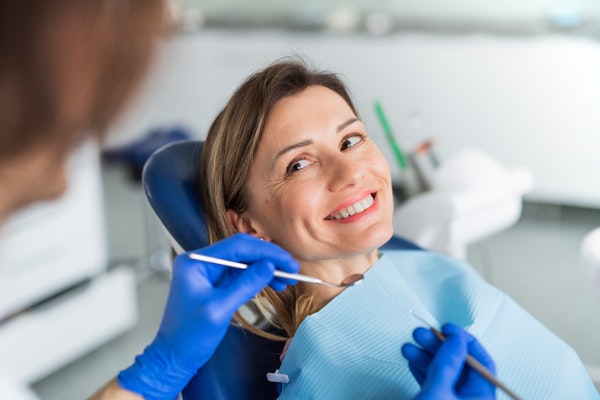BOTOX for TMJ Disorder
 Do you have chronic jaw pain? Headaches? Earaches? Facial pain? If so, TMJ disorder could be to blame. This condition occurs when the tissues around the jaw joints become tense and inflamed.
Do you have chronic jaw pain? Headaches? Earaches? Facial pain? If so, TMJ disorder could be to blame. This condition occurs when the tissues around the jaw joints become tense and inflamed.
There are several options for TMJ treatment available at our Nashville, TN practice, including BOTOX®. This injectable relaxes the muscles and reduces jaw tension for many of our patients. Here, we explore BOTOX for TMJ disorder and discuss causes, symptoms, and candidacy.
What Are the Symptoms of TMJ Disorder?
Before we explore causes and treatment, we will briefly explore the most common symptoms of TMJ disorder. These include:
- Jaw pain
- Orofacial pain
- Toothache
- Neck, shoulder, or back pain
- Headaches
- Earaches
- Tinnitus
- Popping or clicking of the jaw joints
These symptoms may be mild or severe, acute or chronic. If you notice any of these warning signs, schedule a consultation with your dentist right away.
What Causes TMJ Disorder?
There is no single known cause for the development of TMJ disorder. However, in many cases, it is due to the erosion or displacement of the articular disk that cushions the joint. Possible causes of TMJ disorder include:
- Bruxism (teeth grinding and clenching)
- Malocclusion
- Wear and tear
- Jaw injury
- Arthritis
How Can BOTOX Treat TMJ Disorder?
BOTOX has been used in the medical and cosmetic fields for decades. When injected, BOTOX relaxes the targeted muscles and temporarily weakens them.
In the same way that this treatment can stop movement in the muscles that cause lines and wrinkles, it can also stop movement in the muscles associated with TMJ disorder. For many patients, BOTOX relieves jaw tension and alleviates a number of the related symptoms.
What to Expect during Treatment
BOTOX treatment can be completed in less than 30 minutes in our office. Your doctor will simply inject the substance directly into the affected muscles. Most patients describe this feeling as a brief “pin prick”. Topical anesthesia can be used to minimize this sensation.
BOTOX will only affect the muscles that are injected. When addressing TMJ disorder, this typically includes the temporalis, frontalis, and masseter.
Recovery and Results
Following your BOTOX treatment, muscle tenderness will begin to diminish immediately and will continue to do so over the next 24 to 48 hours. Patients who choose this treatment can expect slight redness, numbness, or bruising around the injection sites. However, these normal side effects will fade over the next day or two.
Because BOTOX is non-invasive, most patients can comfortably return to work and other normal activities right away. Your doctor may recommend avoiding strenuous activity for the first 24 hours.
It is also important that you do not rub or massage the area for the first couple of days. This will keep the BOTOX from spreading to other areas. To maintain results of your treatment, BOTOX typically needs to be re-administered every three to four months.
Contact Gulch Dental Studio
If you are struggling to alleviate painful TMJ symptoms, BOTOX could be an effective solution for you. Many of our patients have found substantial relief through this non-invasive treatment. To explore your options, schedule a consultation at our practice. You can contact us online or give us a call at (615) 334-0184.








